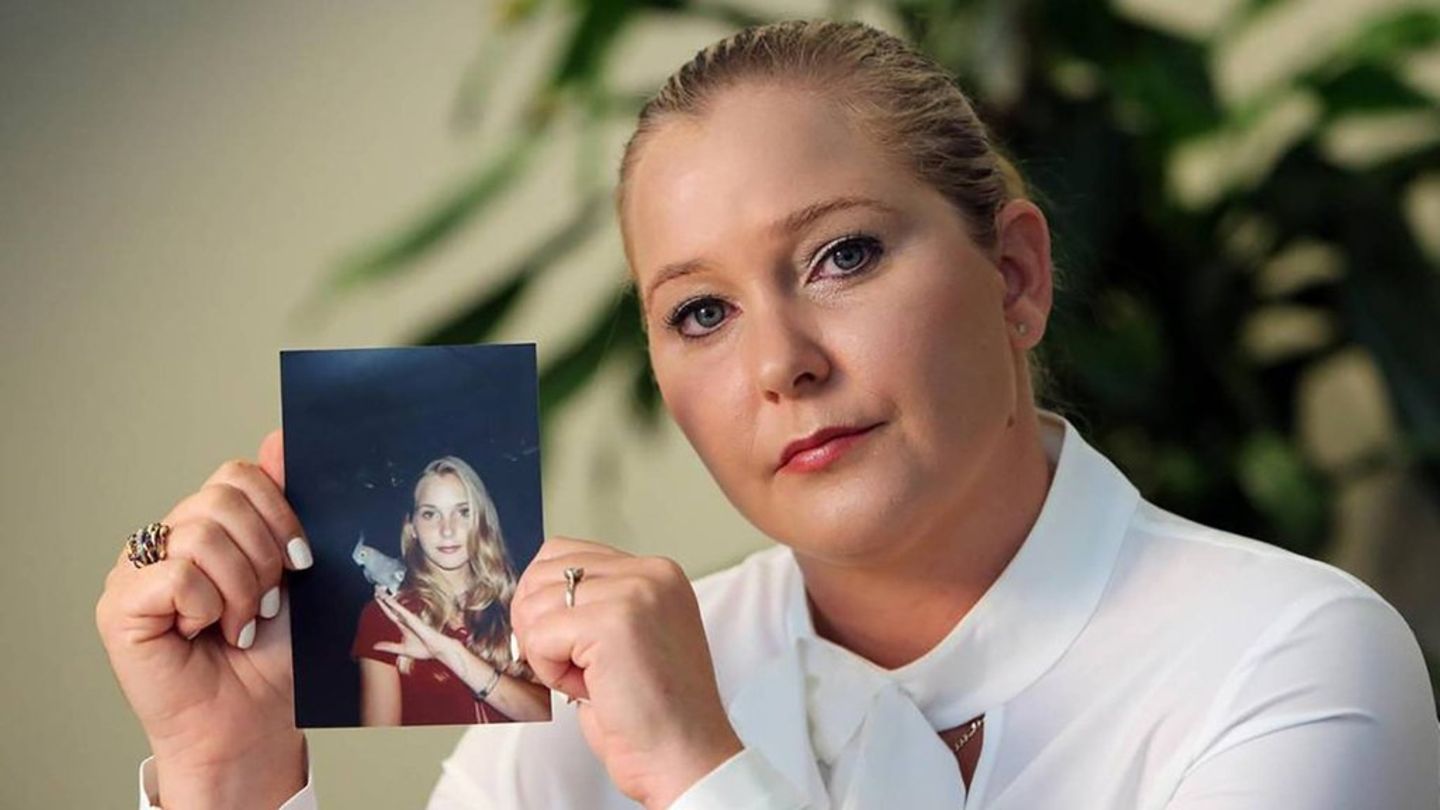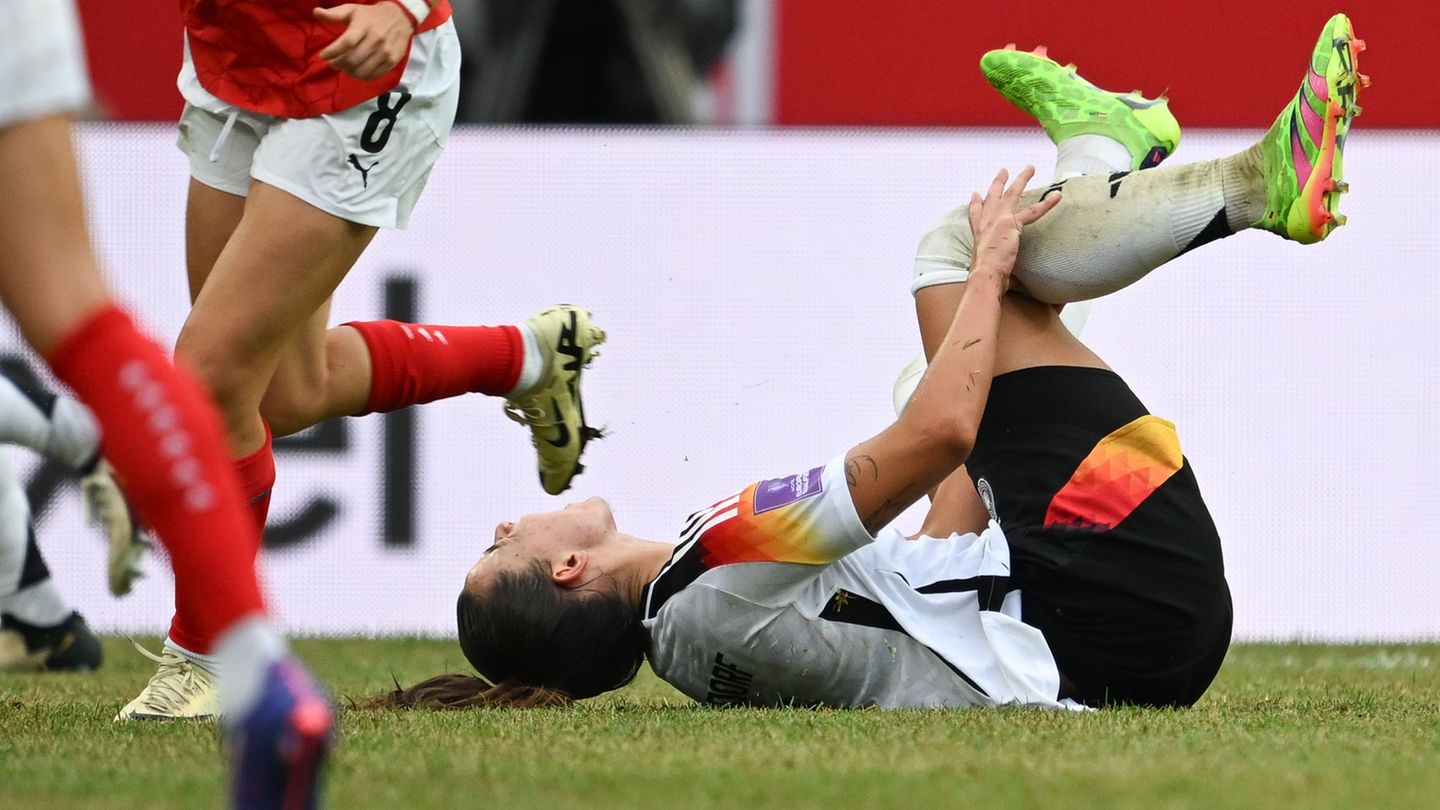“The whole thing must be dealt with properly. But it was always clear to me: if I am reported as mayor, I will resign,” says Johann Müllner in an interview with the OÖN. The complaint was submitted to the municipal supervisory authority (Directorate of Internal and Municipal Affairs) in May, and Müllner is accused of “lack of supervision and control in the development of the resettlement areas in Hagenau.” Müllner resigned from office on June 1st: “I want to remain blameless as mayor. It is unpleasant enough to have to face this as a private person.” Deputy mayor Sabine Zoidl will take over the office, and new elections will be held in the autumn.
What is allowed in a flood zone?
The history goes back to 2013. At the beginning of June, Upper Austria was hit by a flood of the century. The consequences were dramatic. One of the places worst affected was Goldwörth, especially the Hagenau district. The water was up to three meters high, the clean-up work took a long time, and much was destroyed. 200 Goldwörth residents were relocated, a few stayed. The plots of land were gradually sold. “During the pandemic, these areas were very popular,” says Müllner. The newcomers planted gardens and set up caravans. The municipality has announced in writing that they are in a danger zone: “We have drawn attention to this very carefully. After all, we are at risk of flooding two to three times a year.”
- From the archive: “Goldwörth has been a place that has been on the sidelines since the flood”
“We have not issued any building permits, there have been no building notifications. But the law allows for some leeway. It is not the case that everything is forbidden in a resettlement or flood zone,” said Müllner. Nevertheless, there are now different views, which led to the official complaint: “This must now be dealt with properly.”
“}”>
Image: Weihbold
Source: Nachrichten




